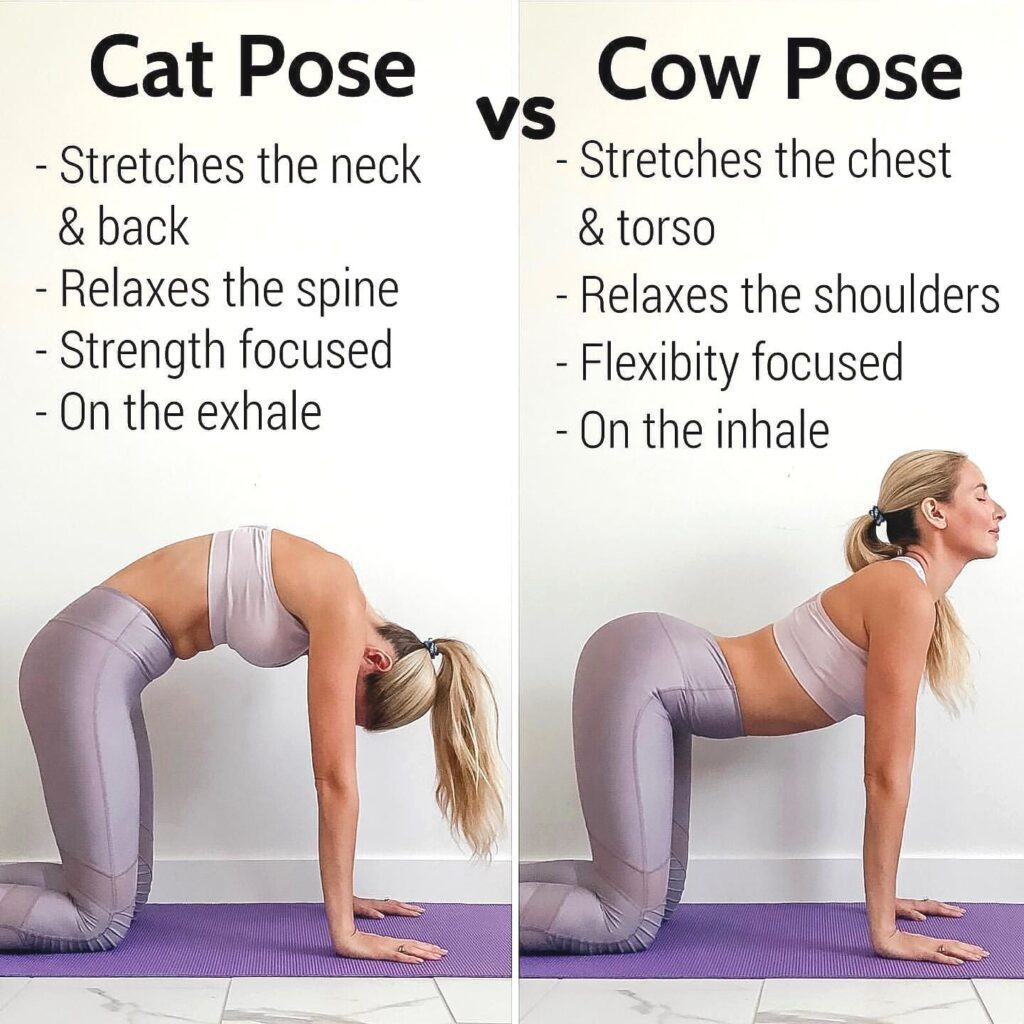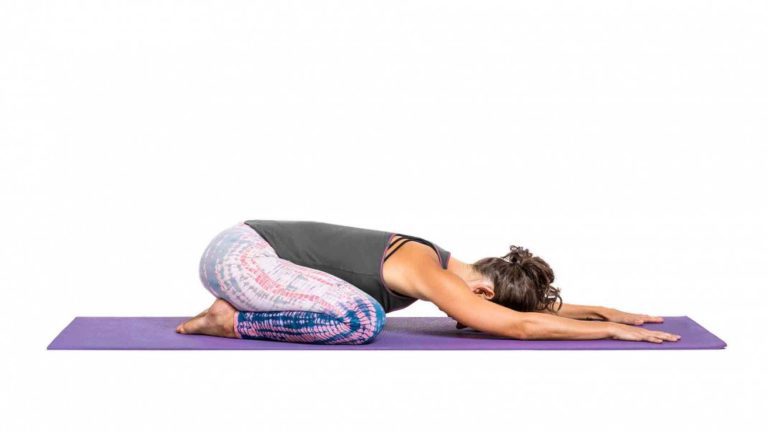Embarking on a journey to alleviate sciatic pain in 2023 requires a holistic approach that encompasses both physical and mental well-being. Sciatica, often characterized by sharp pain radiating along the sciatic nerve, can be a persistent challenge. In this blog post, we’ll explore five essential sciatica exercises that not only target the physical aspects of discomfort but also contribute to overall wellness. These exercises aim to provide relief while fostering a sense of empowerment and control over one’s health.
Understanding the Impact of Sciatic Pain
Before delving into the exercises, it’s crucial to grasp the impact of sciatic pain on daily life. Sciatica can range from a dull ache to excruciating pain, affecting mobility, sleep, and overall quality of life. Understanding that sciatic pain is more than just physical discomfort, it’s a reminder to approach its management with a comprehensive strategy that considers both the body and mind.
The Role of Exercise in Sciatic Pain Management
Sciatica exercises play a pivotal role in managing and alleviating pain by addressing its root causes. Engaging in a regular exercise routine helps improve flexibility, strengthen core muscles, and promote better posture, all of which contribute to reducing pressure on the sciatic nerve. Beyond the physical benefits, exercise releases endorphins, the body’s natural painkillers, fostering a positive mindset that is essential for managing chronic pain.
Exercise 1: Cat-Cow Stretch
The Cat-Cow stretch, inspired by yoga, serves as an excellent starting point for those seeking relief from sciatic pain.

- Begin on your hands and knees in a tabletop position.
- Inhale, arching your back and lifting your head and tailbone towards the ceiling (Cow position).
- Exhale, rounding your spine, tucking your chin to your chest (Cat position).
- Repeat this flow for 10-15 cycles, allowing the movement to be gentle and fluid.
Exercise 2: Piriformis Stretch
The piriformis muscle, located in the buttocks, can contribute to sciatic pain when tight. The Piriformis Stretch helps release tension in this area.

- Sit on the floor with one leg straight and the other leg crossed over, placing the foot of the crossed leg flat on the ground.
- Hug the knee of the crossed leg with the opposite arm, gently twisting your torso towards the crossed leg.
- Hold the stretch for 15-30 seconds, feeling the stretch in the buttocks and outer hip.
- Repeat on the other side.
Exercise 3: Child’s Pose
Child’s Pose is a restorative yoga pose that provides a gentle stretch to the lower back and hips.

- Start on your hands and knees in a tabletop position.
- Sit back on your heels, reaching your arms forward and lowering your chest towards the floor.
- Rest your forehead on the ground and extend your arms, feeling a stretch along your spine and in your lower back.
- Hold the position for 30 seconds to a minute, focusing on deep and relaxed breathing.
Exercise 4: Knee-to-Chest Stretch
The Knee-to-Chest Stretch targets the lower back, hamstrings, and glutes, providing relief and promoting flexibility.

- Lie on your back with knees bent and feet flat on the floor.
- Bring one knee towards your chest, clasping your hands around the shin.
- Hold the stretch for 20-30 seconds, feeling a gentle pull in the lower back and buttocks.
- Switch legs and repeat the stretch.
Exercise 5: Bridge Exercise
The Bridge Exercise helps strengthen the core and lower back muscles, contributing to sciatic pain relief.

- Lie on your back with knees bent and feet hip-width apart.
- Press through your heels as you lift your hips towards the ceiling, creating a straight line from your shoulders to your knees.
- Hold the bridge position for 10-15 seconds, engaging your glutes and core.
- Lower your hips back down and repeat for 10-15 repetitions.
Incorporating Sciatica Exercises into Daily Life
Consistency is key when it comes to reaping the benefits of sciatica exercises. Incorporating these exercises into your daily routine, even for just 20-30 minutes, can make a significant difference over time. Whether performed in the morning to kickstart your day or as a part of your evening routine to unwind, these exercises can be adapted to suit your lifestyle.
The Importance of Professional Guidance
While these sciatica exercises offer a starting point, it’s crucial to consult with a healthcare professional before initiating any new exercise regimen, especially for those with pre-existing health conditions. They can provide personalized advice based on your specific situation, ensuring that the exercises align with your overall health and wellness goals.
A Mindful Approach to Sciatic Pain
Beyond the physical exercises, adopting a mindful approach to sciatic pain is essential for overall well-being. Practices such as mindfulness meditation, deep breathing, and gentle stretching contribute to stress reduction and enhance the body’s natural healing processes. As you engage in these exercises, consider incorporating mindfulness techniques to create a comprehensive approach to managing sciatic pain in 2023.
Staying Positive and Patient
Managing sciatic pain is a journey that requires positivity and patience. Celebrate small victories, whether it’s increased flexibility, reduced pain intensity, or simply the consistency of incorporating exercises into your routine. Maintaining a positive mindset and acknowledging progress, no matter how incremental, is key to sustaining motivation on this wellness journey.
Empowering Yourself Against Sciatic Pain
In conclusion, the journey to alleviate sciatic pain in 2023 involves a multifaceted approach that includes targeted exercises, mindfulness practices, and professional guidance. By incorporating these sciatica exercises into your daily life, you’re not only addressing the physical aspects of pain but also fostering a sense of empowerment and control over your health. Remember that every step, stretch, and breath is a positive contribution towards your well-being, making the road to sciatic pain relief a journey worth taking.








